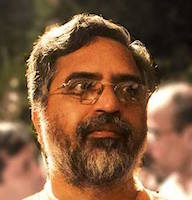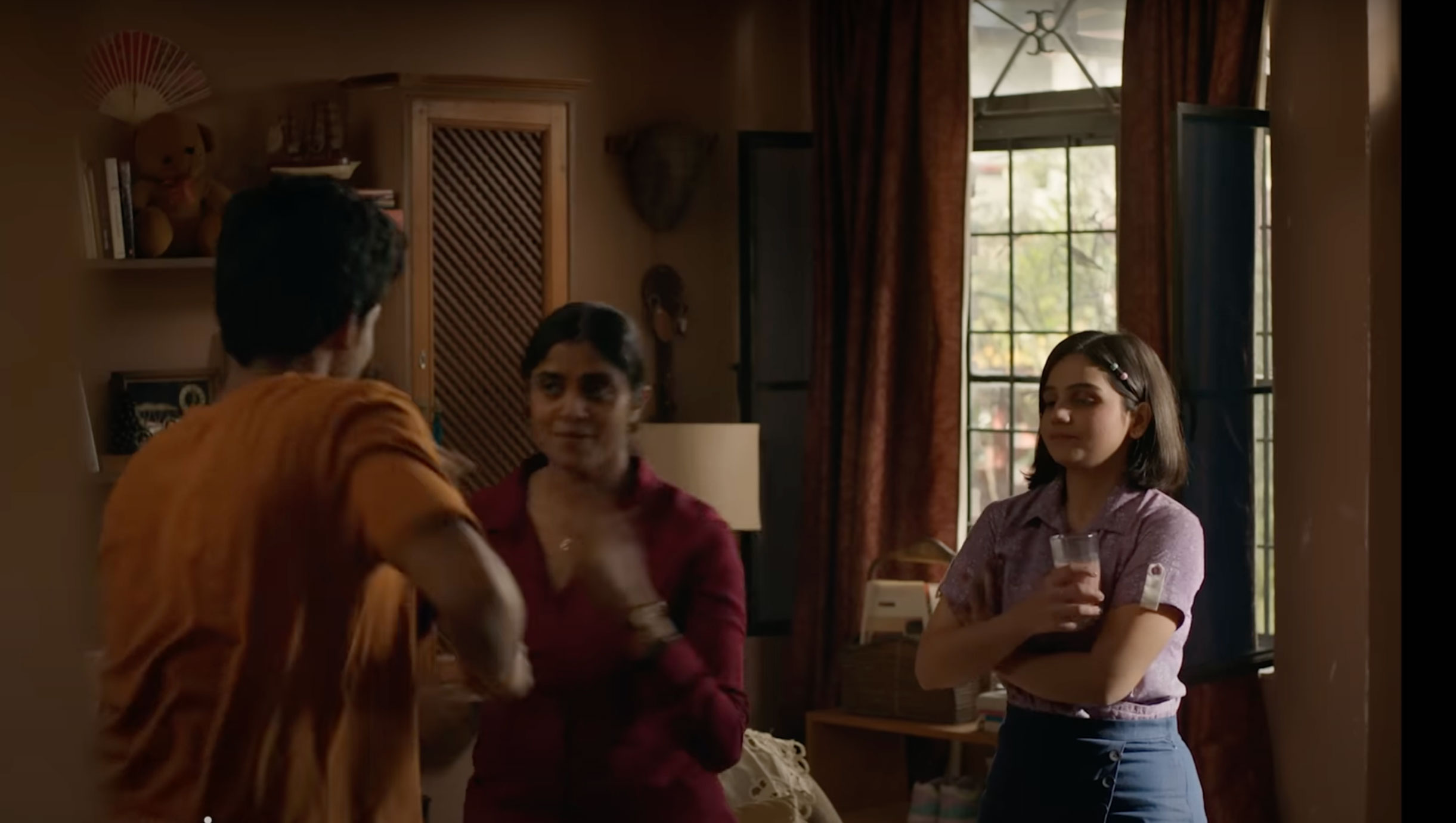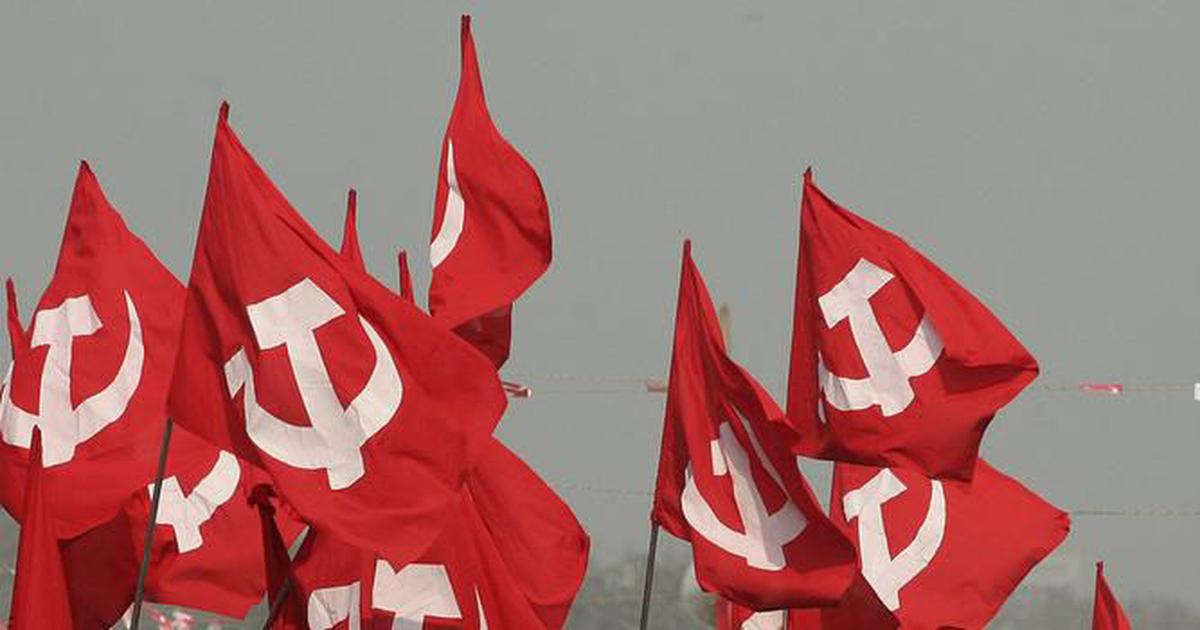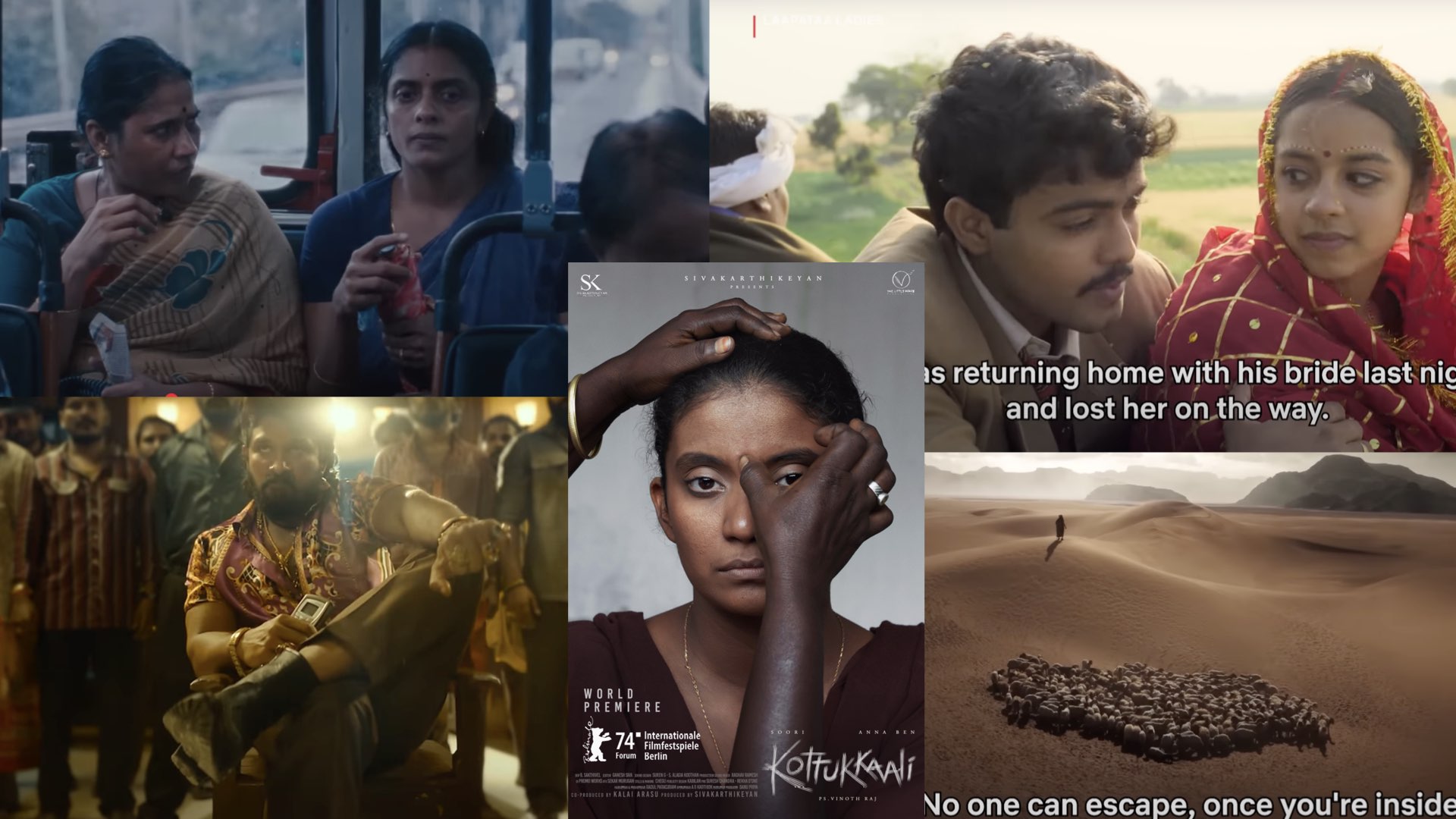In Karnataka, a 14-member committee has been formed to determine the caste of Valmiki, the author of the Ramayana. The genesis of the controversy lies in a book titled Valmiki Yaru? (Who is Valmiki?) written by Kannada writer K.S. Narayanacharya. He wrote that Valmiki was born into a Brahmin family. This kicked up a furore, with many Kannada writers taking strong exception to it. The Navik (boatmen) community, which believes that Valmiki was one of them, was up in arms. In a knee-jerk reaction, the government banned the book. The publishers approached the High Court, which sought to know from the government the grounds on which the book was outlawed. Ultimately, the court quashed the ban order. A committee has now been formed to find out Valmiki’s caste, which will submit its findings to the court.
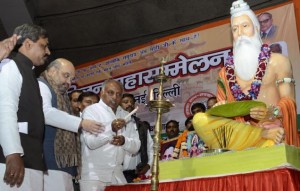 This controversy is interesting in more ways than one. To begin with, it pertains to a character, the historicity of which is yet to be proved beyond doubt. Legend has it that Valmiki, born Ratnakar, was a dacoit but when he realized that others looked down upon him and that no one was willing to be a party to his wrongdoings, he decided to give up dacoity and started doing penance. Then, a heron coupwas killed – its distressing cry, when life was ebbing away, pained him so deeply that he decided to pen the Ramayana.
This controversy is interesting in more ways than one. To begin with, it pertains to a character, the historicity of which is yet to be proved beyond doubt. Legend has it that Valmiki, born Ratnakar, was a dacoit but when he realized that others looked down upon him and that no one was willing to be a party to his wrongdoings, he decided to give up dacoity and started doing penance. Then, a heron coupwas killed – its distressing cry, when life was ebbing away, pained him so deeply that he decided to pen the Ramayana.
But this is just a legend. You may believe it or you may not. However, Valmiki’s or Ratnakar’s legend does give the deprived Dalit community an identity to be proud of. At another level, it sends out the message that the author of the most popular and one of the holiest books of Hindus was not a Brahmin but a Dalit. That means the Dalits deserve a higher place in the religious hierarchy. However, thinking that this will happen is living in a fool’s paradise.
Narayanacharya is living in another fool’s paradise. He seems to believe that no one other than a Brahmin can write the holiest of the holy scriptures of Hindus. This is an attempt to usurp the heritage of the Dalits. And the Dalits, owing to their weak socio-economic status, cannot do the same. They cannot turn the Hindu hierarchical system upside down to claim a higher place just because one among them was the writer of the Ramayana.
But the million-dollar question is whether any historical proof of Valmiki’s caste can be dug out? Given the large number of Ramayanas available in the country it can be safely concluded that Valmiki was not the first or the only writer of the story of Rama. The Ramkatha evolved with time. Valmiki probably lived in an era when society and the state were more stable than earlier and that is why his Ram is more idealistic than the Rams of other Ramayanas. The author of Mahabharata, the other Hindu epic, seems to be more imaginative than Valmiki. Not only that, Vyas also appears to be more quick-witted. It is said that Mahabharata is poetry of an era marked by a crisis of values. On the other hand, Ramayana presents a rather simplistic and linear concept of Ramrajya, which comes under threat many times – right from Sita abandoning her home to the Ashwamedha Yagna. In this respect, Vyas clearly emerges as a more audacious writer. Is it so because in his attempt to create an ideal for society, Valmiki was conditioned by it? After all, a Dalit could claim a higher social status for himself only by displaying his loyalty towards Brahmanism!
But, is there any need to determine Valmiki’s caste? Doubting his credentials, instead of giving due respect to a Dalit acquiring the status of a Rishi: Was this seen earlier too? Vishnu Khare’s poem gives an appropriate response to this question. His anthology Pathantar includes a poem titled Prakshipta in which Shambuk questions the silence of his fellow caste-man Valmiki over his murder. “I did not seek any apology/ This is evident by the fact that I was killed/ I was killed Sumahtej because it was feared that I am going to advance arguments in favour of my caste brother/ And my head had to be severed before those arguments became public/ You, who can see the past, the present and the future must have heard and seen everything/ But there is nothing in your Katha to suggest so.” These lines are part of a long poem that links the slaying of Shambuk with the anti-Dalit slant of the Ramayana.
Clearly, when you set out to discover the caste of Valmiki, you won’t encounter historical facts but legends and myths. And you may encounter both kinds of legends – ones which try to usurp any and every exemplary character of the marginalized sections and ones belonging to the marginalized sections, which, though, parallel to the mainstream, are found quietly buried here and there.
This may mean that you may come across many Valmikis and you may not be in a position to choose any one of them to declare him as your own.
In fact, if the explorers are fair and wise, the quest for knowing the caste of Valmiki can lead us to a world where there are no Dalits and no Brahmins. But, unfortunately, our experience so far suggests that the dominant classes use such liberal and equality-seeking language only when they want to preserve the status quo. If they really want to end the difference between Brahmins and Dalits, they will have to restore to the Dalits their Valmiki. But the current game is one of usurping Valmiki.
Published in the October 2015 issue of the FORWARD Press magazine
